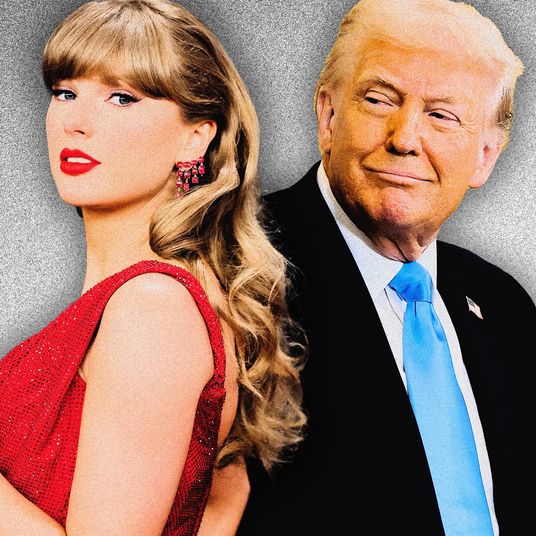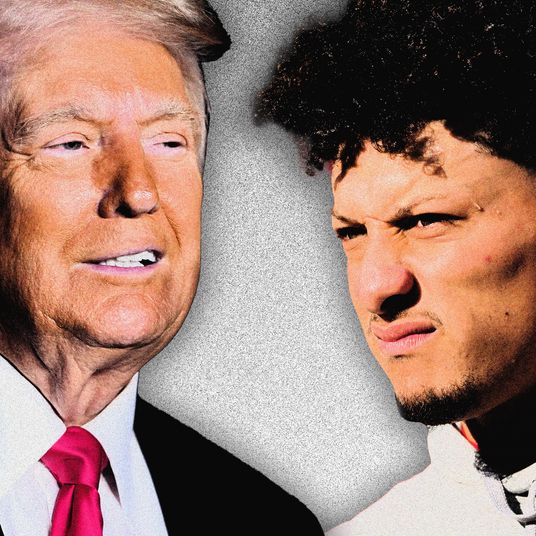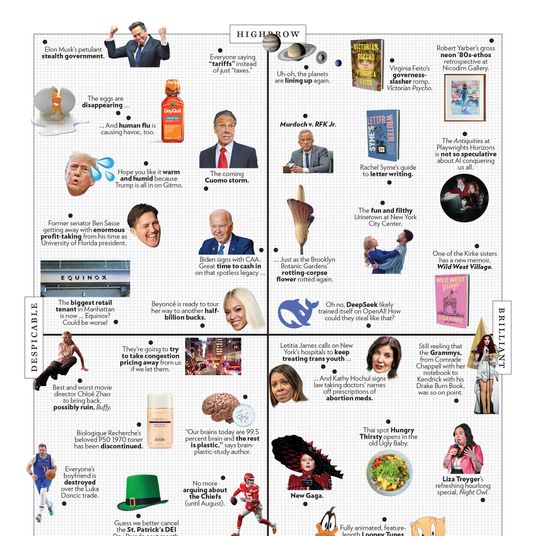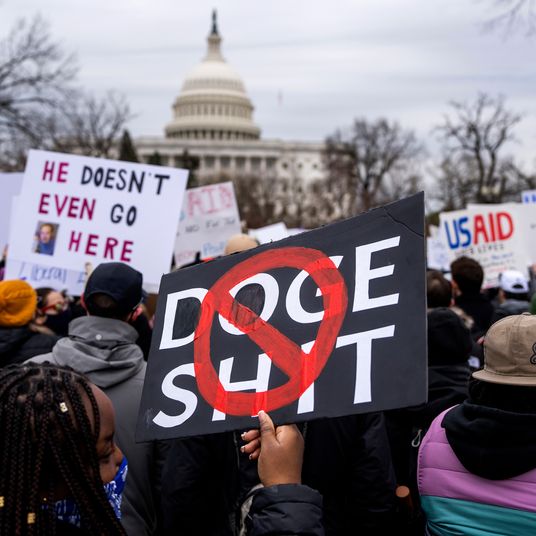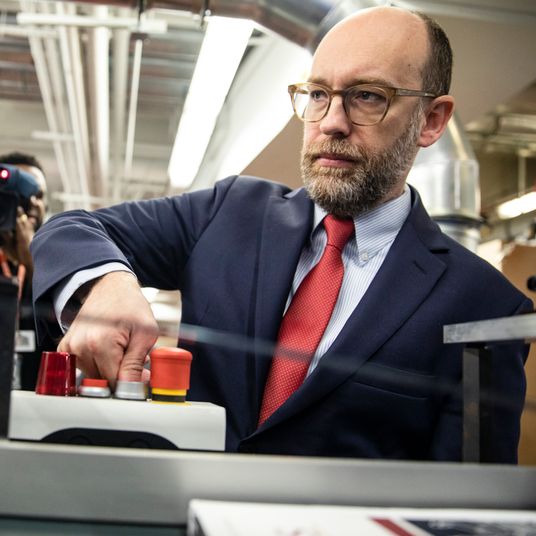
Unfortunately for anyone who loves shiny new pennies, President Donald Trump announced on Sunday that he had instructed the Treasury secretary to stop minting America’s one-cent coins. “For far too long the United States has minted pennies which literally cost us more than 2 cents,” Trump said in a Truth Social post after going to half of the Super Bowl. “This is so wasteful!” he added. “Let’s rip the waste out of our great nations budget, even if it’s a penny at a time.” Here are some key questions and opinionated answers about permanently pinching pennies from America’s coin purse.
.
Is this not a terrible idea?
It might even be a good idea. Assuming Trump isn’t just making news and can actually do this — and follows through competently and without somehow carelessly breaking the U.S. economy — there may be broad support for the plan. Because seriously: Nobody wants to deal with pennies anymore, from retail clerks to wishing-well cleaners to banks and small children. These days, you can buy next to nothing for less than a heavy bag of pennies. If you want to buy a dozen eggs right now, it will cost you like seven pounds of pennies.
.
Can Trump unilaterally discontinue the penny?
Like so many other things Trump has said or tried to do since retaking office, it’s not clear if he can legally do that. It would probably require an act of Congress to fully discontinue the coin, since Congress dictates America’s currency specifications. But as with so many other things, Trump may just try to do it anyway.
.
How much does it cost to make pennies? How wasteful are they?
The U.S. Mint said it lost $85.3 million making 3.2 billion pennies in the fiscal year 2024. And every one-cent penny cost 3.7 cents to make.
Last year, The New York Times Magazine published a very convincing argument for abolishing the penny. As Caity Weaver reported:
Most pennies produced by the U.S. Mint are given out as change but never spent; this creates an incessant demand for new pennies to replace them, so that cash transactions that necessitate pennies (i.e., any concluding with a sum whose final digit is 1, 2, 3, 4, 6, 7, 8 or 9) can be settled. Because these replacement pennies will themselves not be spent, they will need to be replaced with new pennies that will also not be spent, and so will have to be replaced with new pennies that will not be spent, which will have to be replaced by new pennies (that will not be spent, and so will have to be replaced). In other words, we keep minting pennies because no one uses the pennies we mint.
A conservative estimate holds that there are 240 billion pennies lying around the United States — about 724 ($7.24) for every man, woman and child there residing, and enough to hand two pennies to every bewildered human born since the dawn of man.
Furthermore, Weaver noted that if everyone collected all the pennies they had just lying around in coin jars or wherever and used them, dealing with the sudden surplus of heavy, mostly worthless coins could break our financial system, logistically.
And per CNN, Jeff Lenard, the vice-president of strategic industry initiatives at the National Association of Convenience Stores, has speculated that getting rid of pennies could save millions of seconds of lost productivity every day. Think of everything we could collectively do with all those seconds.
.
Has anyone else successfully gotten rid of pennies?
Yes! Canada, the massive coin-heavy country that has zero interest in becoming America’s 51st state, sunsetted its pennies more than a decade ago. Canadians just rounded prices up or down in penniless situations, still used the cent in other non-cash transactions, and it’s all gone fine. Australia also got rid of its penny, and New Zealand got rid of its one-, two-, and five-cent coins.
Also, the U.S. got rid its half-cent coin back in 1857.
.
Who opposes ending the penny?
The zinc industry isn’t much of a fan of the idea, nor is the pro-penny lobbyist Americans for Common Cents, which has been funded by the company that sells zinc coin blanks to the U.S. Mint. In 2006, the organization hired Britney Spears’s ex-husband, Kevin “K-Fed” Federline, to wear an Abraham Lincoln mask at a penny-pushing event in Times Square. (“Man, I feel good about the penny!” he reportedly said.) More recently, the ACC responded to a DOGE attack on the penny by insisting that eliminating the penny would waste more taxpayer money, not less, since it would require the production of more nickels:
[I]t would increase the Mint’s losses due to higher nickel production costs and the reallocation of fixed overhead expenses across remaining denominations. The logical and fiscally responsible solution is not to eliminate the penny but to focus on producing a cheaper nickel. This approach would address the real driver of losses while preserving the functionality of small denominations in everyday transactions.
It’s also not clear how grandparents who criticize their children and grandchildren for not picking up dropped pennies will feel about getting rid of the coin that nobody really wants to pick up.
.
Should we get rid of nickels, too?
By the same logic, yes. Five-cent coins cost 13.78 cents for the U.S. Mint to make in 2024.
This post has been updated.
More politics
- Adams Told City Officials Not to Bash Trump or Interfere With ICE
- How Kendrick Lamar Went From BLM Symbol to Super Bowl Star
- Trump Cabinet Confirmation Hearings: Schedule & How to Watch


















